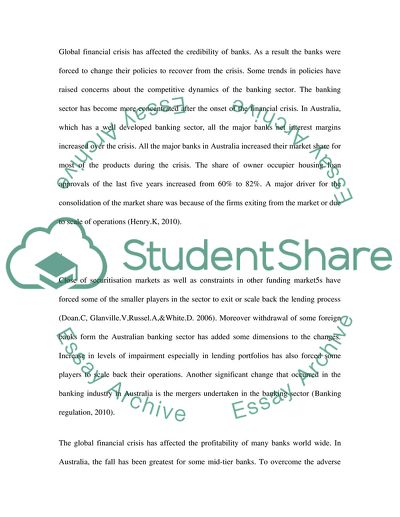Cite this document
(Trends in Banking Regulations After the Crisis Assignment, n.d.)
Trends in Banking Regulations After the Crisis Assignment. Retrieved from https://studentshare.org/finance-accounting/1746345-critically-the-current-trends-in-bank-regulation-in-emerging-after-global-financial-crisis
Trends in Banking Regulations After the Crisis Assignment. Retrieved from https://studentshare.org/finance-accounting/1746345-critically-the-current-trends-in-bank-regulation-in-emerging-after-global-financial-crisis
(Trends in Banking Regulations After the Crisis Assignment)
Trends in Banking Regulations After the Crisis Assignment. https://studentshare.org/finance-accounting/1746345-critically-the-current-trends-in-bank-regulation-in-emerging-after-global-financial-crisis.
Trends in Banking Regulations After the Crisis Assignment. https://studentshare.org/finance-accounting/1746345-critically-the-current-trends-in-bank-regulation-in-emerging-after-global-financial-crisis.
“Trends in Banking Regulations After the Crisis Assignment”, n.d. https://studentshare.org/finance-accounting/1746345-critically-the-current-trends-in-bank-regulation-in-emerging-after-global-financial-crisis.


